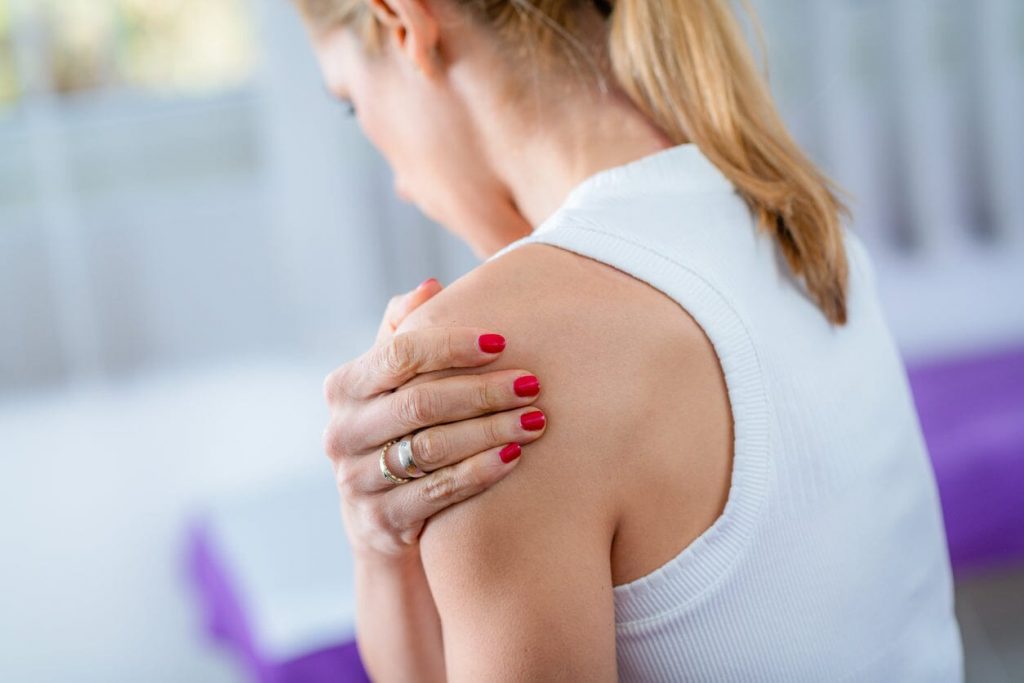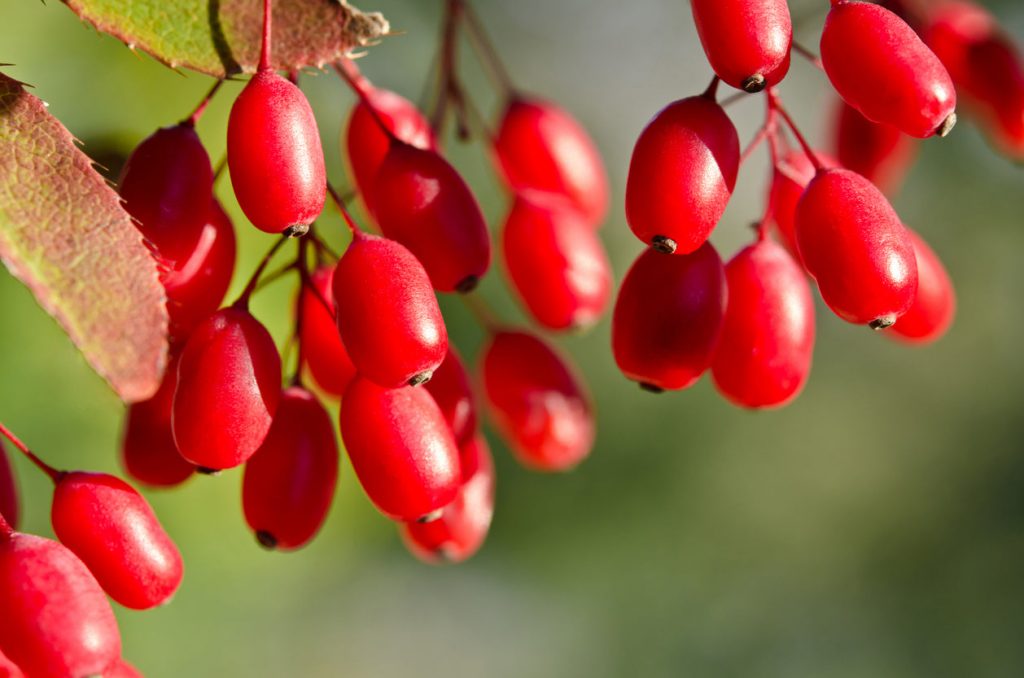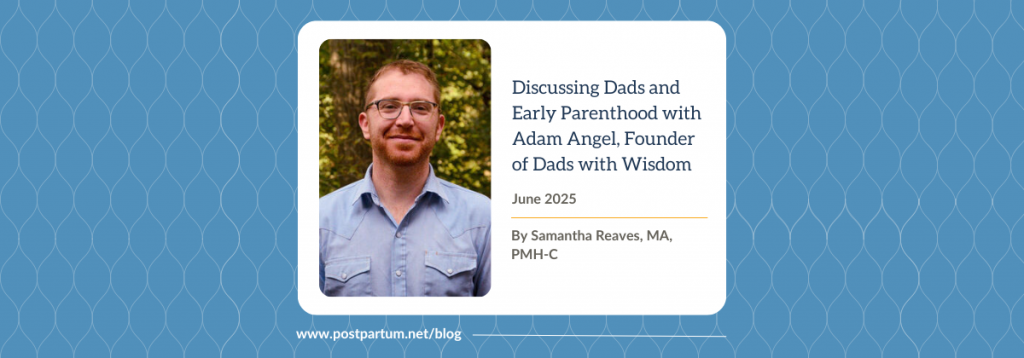Well, let’s finish off the lower extremity by discussing the knee while I’m on maternity leave! Previous blogs have discussed the hip and the ankle/foot so we will tackle the knee below.
Anatomy
A quick review of the anatomy of the knee. The femur bone runs from the hip to the knee, the tibia bone is your shin bone and the fibula is the bone that runs down the outside of your shin. The patella is also known as the knee cap. You may think the knee is comprised of only one joint, but it’s actually three joints. The tibiofemoral joint (between the tibia and femur), the patellafemoral joint (between femur and patella) and the tibiofibular joint (between the fibula and the tibia). As a result, your knee pain could come from any or all (or none!) of these articulations.
You have several ligaments that help with knee stability; the anterior and posterior cruciate ligaments, along with the medial and lateral collateral ligaments. You have two menisci well technically four as you have a medial and lateral menisci in each knee. The menisci work to provide stability, cushioning, shock absorption and work to deepen the joint articulation between the femur and the tibia.
The knee is classified as a hinge joint and moves through flexion (bending) and extension, in addition, to a bit of rotation and some abduction/adduction. As the muscles cross the knee joint, the knee relies mainly on the ligaments and menisci for stability and support. This is why knee injuries are so common in physically active people!
Common Injuries
Contusions, ligament sprains, menisci injuries, bursitis, patellofemoral pain syndrome (PFPS), and patella subluxations are common. Less common knee conditions include osteochondritis, Osgood-Schlatter disease and Chondromalacia Patella.
You may have heard of the terrible triad, which includes ligamentous injury to the anterior cruciate ligament (ACL), medial collateral ligament (MCL) and the medial menisci. Very common in athletes who play sports that require a plant and twist mechanism with the knee…think soccer, basketball, lacrosse, football.
The posterior cruciate ligament is most at risk with contact or force to the tibia that pushes it posterior or falling on your shin with a bent knee.
The medial collateral ligament is most often injured while it’s planted and there’s a force applied to it from the outside part of the knee, while the lateral collateral ligament would be the opposite. This helps you to understand why the medial ligament is injured more frequently as its harder to have a force exerted on the inside part of your knee!
To injure the menisci, typically you need to have some sort of compression and rotation force applied to the knee, such as cutting and pivoting or hyperflexion. Or a secondarily injury may occur, in conjunction to a ligamentous injuries, as listed above, due to the anatomical attachment of the ligament to the menisci.
Patellofemoral pain syndrome is a catch all term to describe anterior knee pain. This can be a resultant of dysfunction in the knee itself or due to dysfunction in another joint causing alignment issues at the patellofemoral joint. Muscle weakness, changes in training surfaces or intensity, patella tracking, ankle pronation, hip anteversion are just a few of the considerations your treatment provider will assess to see if it’s contributing to your knee pain.
Osgood-Schlatter Disease is seen in younger athletes where the quadriceps muscles are stronger than the bones causing additional stress on the joint. Tight muscles, jumping and running during your teenage years in addition to large growth spurts can lead to this type of anterior knee pain.
Osteochondritis dissecans is another condition common in adolescent athletes where there is avascular necrosis of the femoral condyles. The research is indicative of repetitive insult as the root cause for this disease but it can also arise from unknown factors.
Osteopathic Approach
As usual, your Osteopathic Practitioner will begin with taking a history of when the knee pain started, if there were any mechanisms of injury, the quality of the pain, the location and any movements that make it better/worse. They will observe the knee looking for any signs of swelling, inflammation, heat and redness. They may also check the integrity of the ligamentous structures and menisci using special tests to see if they can elicit the pain that you are experiencing. In addition, they will check the hip/ankle/pelvis and remainder of the body to ensure there aren’t any other areas that are contributing to your knee pain.
The knee needs to be able to absorb compressive forces to ensure we can stand/walk/move and as a result, restoring the knee joint’s ability to do this is part of the Osteopathic Practitioner’s role. Sidebar – Julien wrote a blog in August about the importance of bones and their intrasosseous capabilities – this is integral to the health and function of your knees!
In addition to restoring the biomechanical function of the lower extremity, your Osteopathic Practitioner will work to ensure good drainage and blood flow to the legs, as well as, remove any fascial strains that may be present.
Hopefully the last three blogs regarding the lower extremity have helped you to understand the importance of good functioning legs to your overall health and wellbeing!
If you have questions or you have had any recent injuries or knee pain – get in touch to see how we can help you. Our Osteopathic Practitioners do not diagnose or practice medicine, nor do we attempt to treat disease. If you are concerned about any medical pathology and /or a fracture/dislocation, always consult your physician prior to exploring Osteopathic Manual Therapy.









